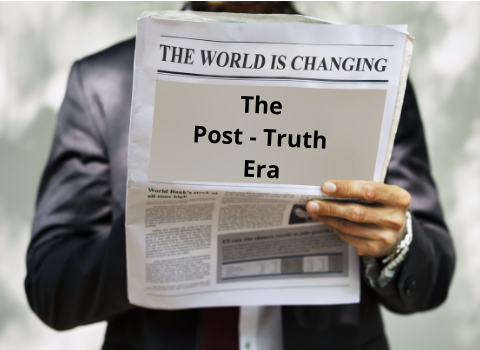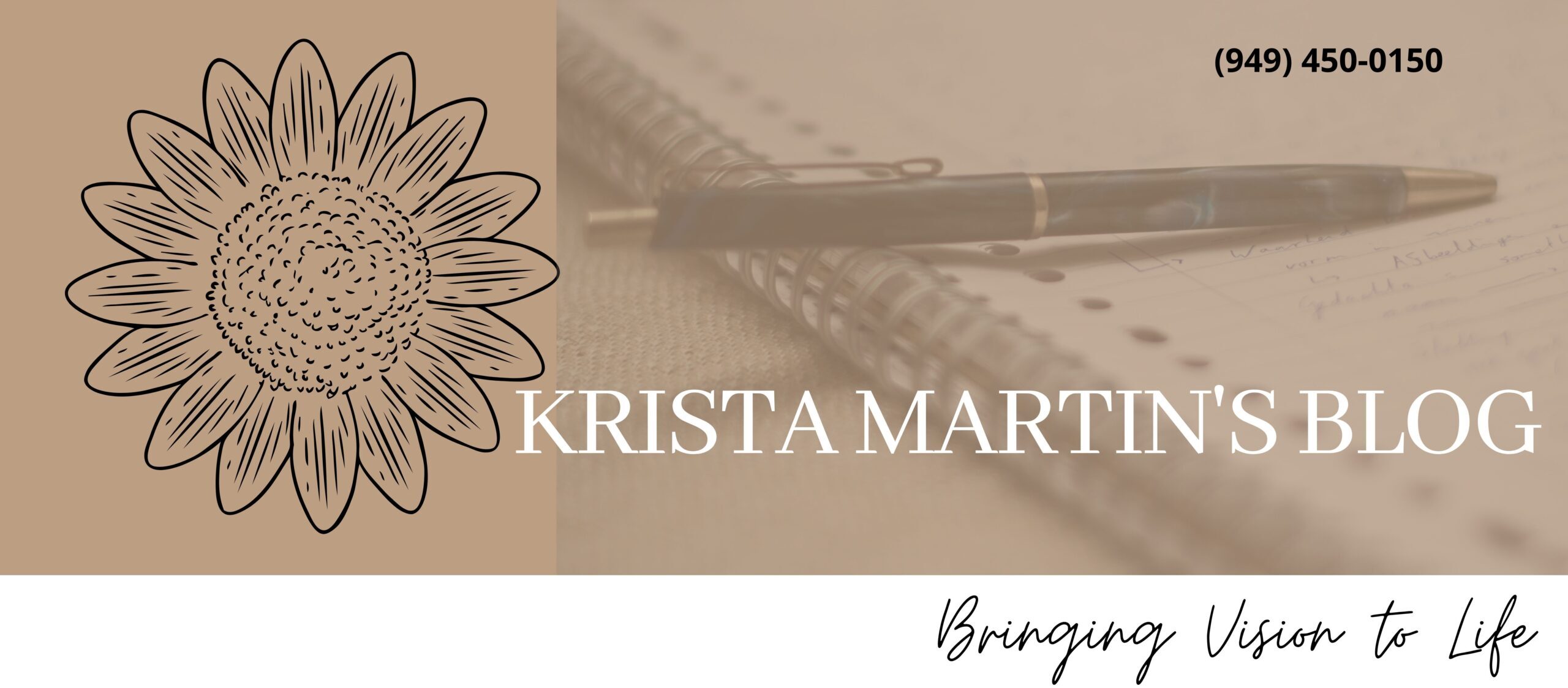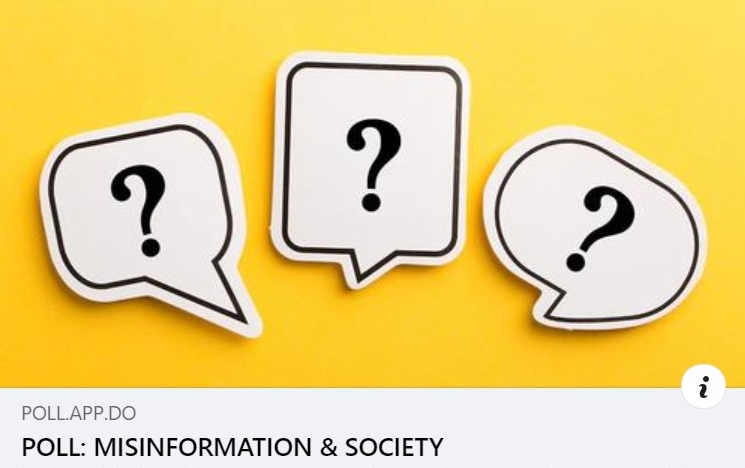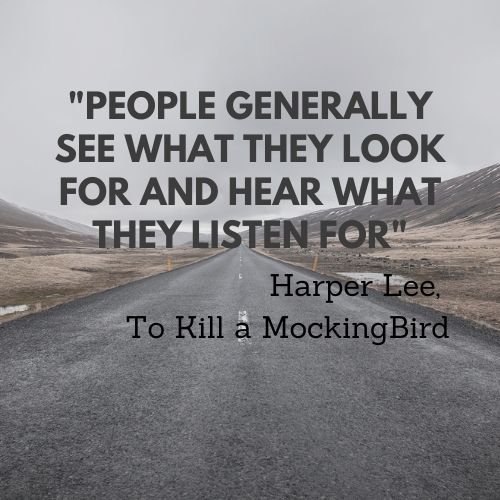With the invention of social media, news travels faster, wider, and deeper. I remember when the only way to hear about breaking news in another country was on the television or the next day in the newspaper. Today, I only need to search for a specific hashtag on any social media platform, and multiple stories are at my fingertips. But hold up a second. Just because the information gets returned quickly does not mean it is accurate.
“A lie can travel halfway around the world
while the truth is putting on its shoes.”
― Mark Twain
In fact, research shows false information travels faster than the truth. A detailed study by MIT was conducted in 2018 on this very issue. Researchers discovered “fake news” was disseminated to 100,000 people, whereas the truth only reached 1,000. That means verified news stories took six times longer to reach 1,000 people. A Pew Research poll taken just after the 2016 presidential election found two out of three adults believe fake news stories are causing doubt in real news and information. It would be interesting to see how much if any, these findings have changed considering the recent pandemic and 2020 presidential election.
Enter The Post-Truth Era

The 2016 U.S. presidential election marked the start of the post-truth era. “Post-truth” was named by Oxford Dictionary as the word of the year, and the term’s use saw a 2,000% increase in 2016 alone. It is defined when “objective facts are less influential in shaping public opinion than appeals to emotion and personal belief.” Lee McIntyre, the author of Post-Truth, sums it up nicely. Post-truth happens when a person in a superior position compels people to trust something irrespective of facts or evidence.
McIntyre’s summation lays the foundation for the perfect conspiracy theory. Conspiracy theorists use lack of evidence as evidence to drive their claims and then use emotionally driven content to get people to buy into it. Conspirators may be immune to facts, truth, and evidence, but they choose content wisely. People share content that speaks to their emotions and not necessarily evidence. Conspiratorial content delivers on that point. It is no wonder that only 27% of adults could identify factual statements.
The Bag of Tricks for Viral Misinformation
Post-truth has become synonymous with fake news, conspiratorial thinking, misinformation, disinformation, and deep fakes. Statements are taken out of context, stories are planted, photos are manipulated, and videos are faked. In 2018, a new technology start-up went to work to design software to identify deep fake videos online. At that time, DeepTrace found 7,964 fake videos online. A year later, there were 14,678. That is nearly a 100% increase in twelve months. If that trend continues, in 2022, there will be at least 117,424 fake videos circulating online.
DeepTrace CEO acknowledged even poorly edited videos can sway public opinion. Deep fake media was considered the most significant danger to the 2020 election. Law Professor Paul Barett at NYU predicted in 2019 that successful deep fake media would cloud voter judgment and influence voting intentions. A little over half of American adults believed in 2019, they could spot a fake video. That still leaves just under 50% of people who cannot identify deep fakes, and I suspect that percentage will grow the more sophisticated deep fakes get.
The more sophisticated manipulated media becomes,
Barett’s prediction could be realized …
if it has not already.
Disinformation campaigns use all these tactics to make the doctored information believable. Internet algorithms help these campaigns by placing popularity over truth. Social media platforms are designed for engagement, prioritize trending news, and push content to meet user preferences. The more content a user sees that confirms their opinions, they will believe that information.
Fake news, conspiracy theory creation, deep fakes, and disinformation campaigns all have the same impact on society. Their effect on society will continue to:
- Plant seeds of doubt
- Blur reality
- Cause confusion
- Create uncertainty
- Further divisiveness
The more people experience uncertainty, they will use their worldview to assign meaning to misinformation. This vulnerability makes people more susceptible to misinformation.
Don’t Fall Prey to Misinformation
Falling prey to misinformation happens to the best of us. Actually, one in four adults admits sharing misinformation knowingly and unknowingly. It may seem overwhelming to know what is or what is not considered misinformation. It may seem the easiest route is not to share at all. Don’t let those kinds of thoughts deter you from sharing great information. There is tons of credible information out there worthy of the share button.

One of my professors at ASU imparted some memorable techniques that have helped me spot misinformation. Here are Professor Dan Gillmor’s five tips for media consumers:
- Be Skeptical – Being skeptical does not mean being negative towards sources. It is a philosophical state of mind. A healthy dose of skepticism can, in and of itself, prevent susceptibility to misinformation.
- Exercise Judgment – Just because it is online does not make it true, and not all information online is created equal. Try developing a most trusted to least trusted source scale.
- Be Openminded – Confirmation bias is real, and people are known to reject facts that do not align with previously held attitudes. Seek information that challenges established opinions.
- Question Everything – Trusted news sources and experts have gotten information wrong. It is okay to ask who wrote this, why they wrote it, and where is the source to support a claim.
- Learn Media Manipulation Techniques – Media is designed to grab attention and invoke reactions. Try using reverse image search tools to check the validity of images and videos.
Employing these techniques can help #TakeCareBeforeYouShare in the future.
Now…The Age of Misinformation
The age of misinformation places the country in a dangerous situation and is said to be a great threat to democracy. Misinformation can harm people medically, emotionally, and politically. Not only does it sow doubt, but it creates societal division. We can prevent that from happening especially if we refrain from engaging in and sharing misinformation.





2 thoughts on “News Travels Fast — Lies Travel Faster – Truth Goes Nowhere”